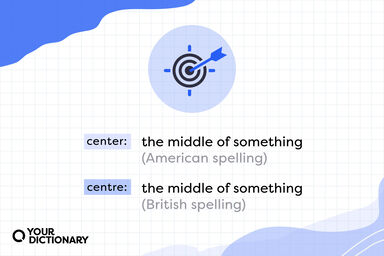Apollonius' genius takes its highest flight in Book v., where he treats of normals as minimum and maximum straight lines drawn from given points to the curve (independently of tangent properties), discusses how many normals can be drawn from particular points, finds their feet by construction, and gives propositions determining the centre of curvature at any point and leading at once to the Cartesian equation of the evolute of any conic.
He thus showed that at a curved part of the surface, a superficial particle would be urged towards the centre of curvature of the surface, and he gave reasons for concluding that this force is proportional to the sum of the curvatures of the surface in two normal planes at right angles to each other.
Many well-known derivative curves present themselves in this manner; thus the variable curve may be the normal (or line at right angles to the tangent) at any point of the given curve; the intersection of the consecutive normals is the centre of curvature; and we have the evolute as at once the locus of the centre of curvature and the envelope of the normal.
Then if 0 is the centre of curvature in the plane of the paper, and BO =u, I _ cos sinew u R 1 R2 Let POQ=o, PO=r, PQ=f, BP=z, f 2 = u 2 +r 2 -2ur cos 0 (26) The element of the stratum at Q may be expressed by ou t sin o do dw, or expressing do in terms of df by (26), our 1fdfdw.





